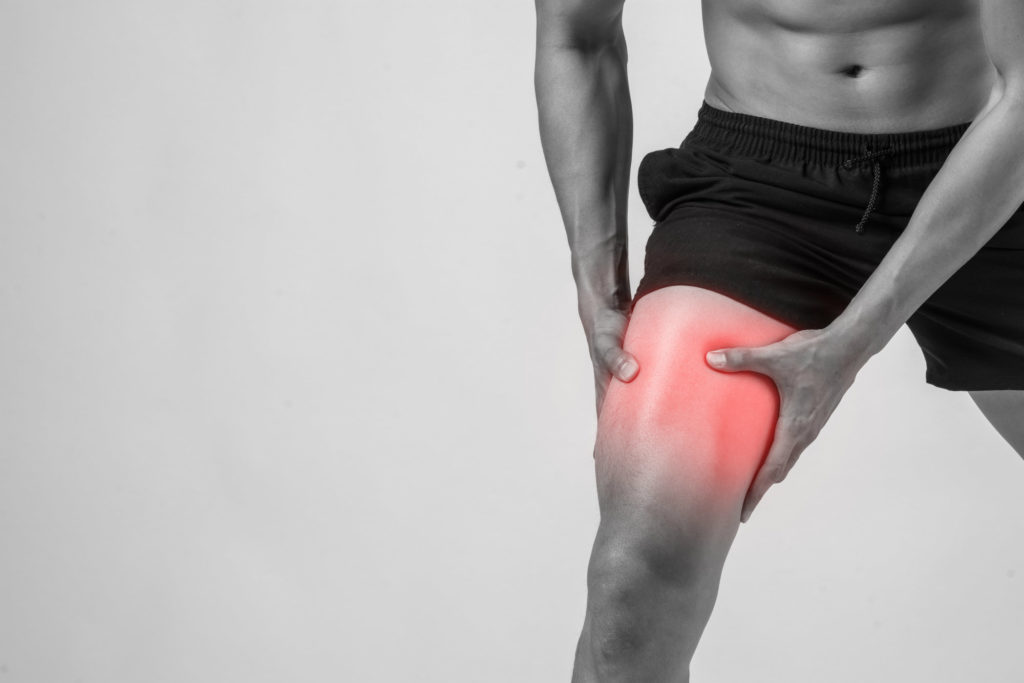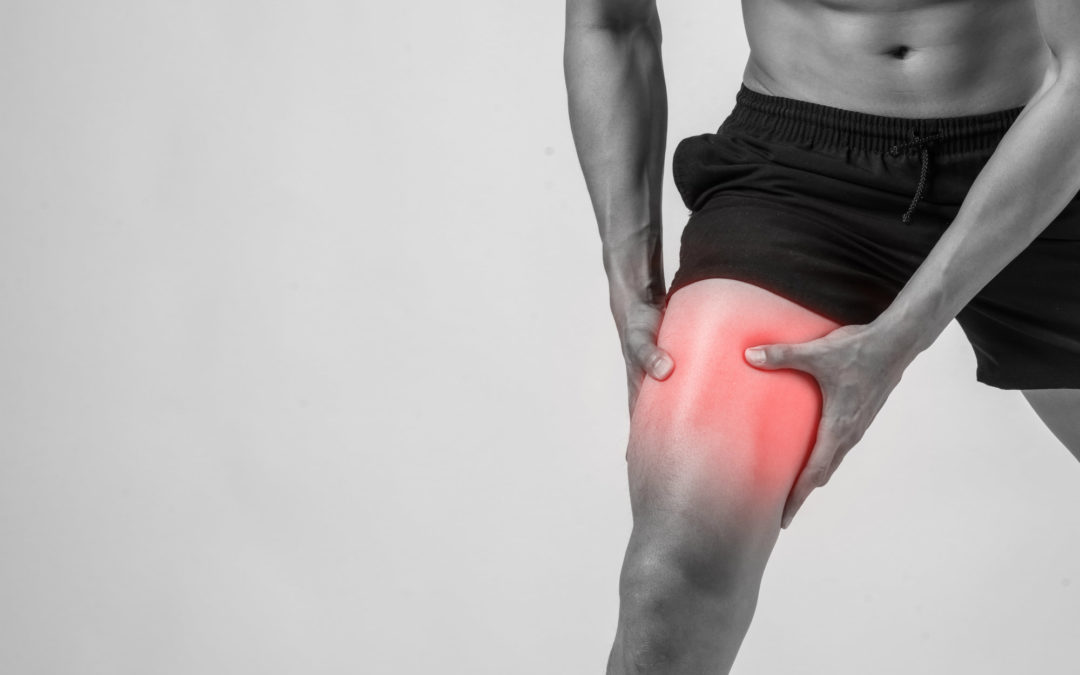“DOMS” is a term thrown around by gym goers, fitness enthusiasts, athletes and health and fitness professionals all the time, sometimes incorrectly, but what exactly is it and what does it mean?
What is DOMS?
DOMS stands for ‘delayed-onset muscle soreness’ and is most commonly known as the feeling of heavy, sore and stiff muscles that happen usually after a strenuous session or unfamiliar exercise. It is a type of muscle strain injury and tends to show a feeling of tenderness and/or stiffness when pressure is applied or when activating the muscle group in movement. Although DOMS is classified as a type 1 muscle strain it is not to be of concern as DOMS I needed in the muscle building and adaptation process i.e. it’s very normal and almost can be used as a marker of progress.
Who can get it?
It can affect anyone from ‘newbies’ to ‘weekend warriors’ to elite athletes, with symptoms ranging from slight tenderness to an extremely evident postural perturbation and difference in gait. Simple tasks such as walking up or down stairs (lower body) , getting out of bed (upper body and abdominals), laughing and coughing (abdominals) and even simple walking can become less efficient and painful. Since the muscle strain is subclinical and is needed in order for the muscle to adapt, it’s not a pathological concern but still needs to be taken seriously with recovery and rest for optimal performance and progression.

What causes it?
Although the mechanism of DOMS still remains uncertain, it is common to see DOMS occurring after strenuous exercise, unfamiliar exercise, increasing training load (especially for athletes returning from their off-season or those new to fitness and exercise) and/or a session involving eccentric activities- the lengthening of a muscle whilst under tension causing microscopic muscle breakdown. The lowering phase of a squat or downhill running for the quadriceps, the extension of the knee/leg in a sprinter for the hamstrings and the lowering phase of a curl for the biceps are all prime examples of common eccentric movements that might contribute to DOMS. Muscle oscillation causing muscle tear, metabolic by-product accumulation, inflammation, muscle spasm and even connective tissue damage have also theorised to contribute to DOMS.
What are the effects?
With sore, stiff and heavy muscles, a myriad of performance and every day movement patterns can be effected. A reduction in strength and power, a reduced cushioning effect when running, landing and jumping, lower co-ordination, and an increase incidence of injury from improper form brought about by muscle soreness are common issues. Not only can this lead to acute injuries, but also can be the pre-cursor to many chronic injuries or movement patterns.
How to overcome DOMs
There are a range of techniques and recommendations for how to minimise the effects of DOMS which ranges from massage, to wearing compression during and after intense exercise to reduce muscle oscillation and lactic acid build up that can be associated with delayed onset muscle soreness, to cryotherapy, to drugs and basic stretching. Myotherapy and remedial massage is a great tool to minimise the muscle stiffness that can be seen with DOMS which in turn increases flexibility and mobility, decrease stiffness and perception of pain and mitigate some athletic and every day movement discrepancies in the acute stages whilst recovering from DOMS.

